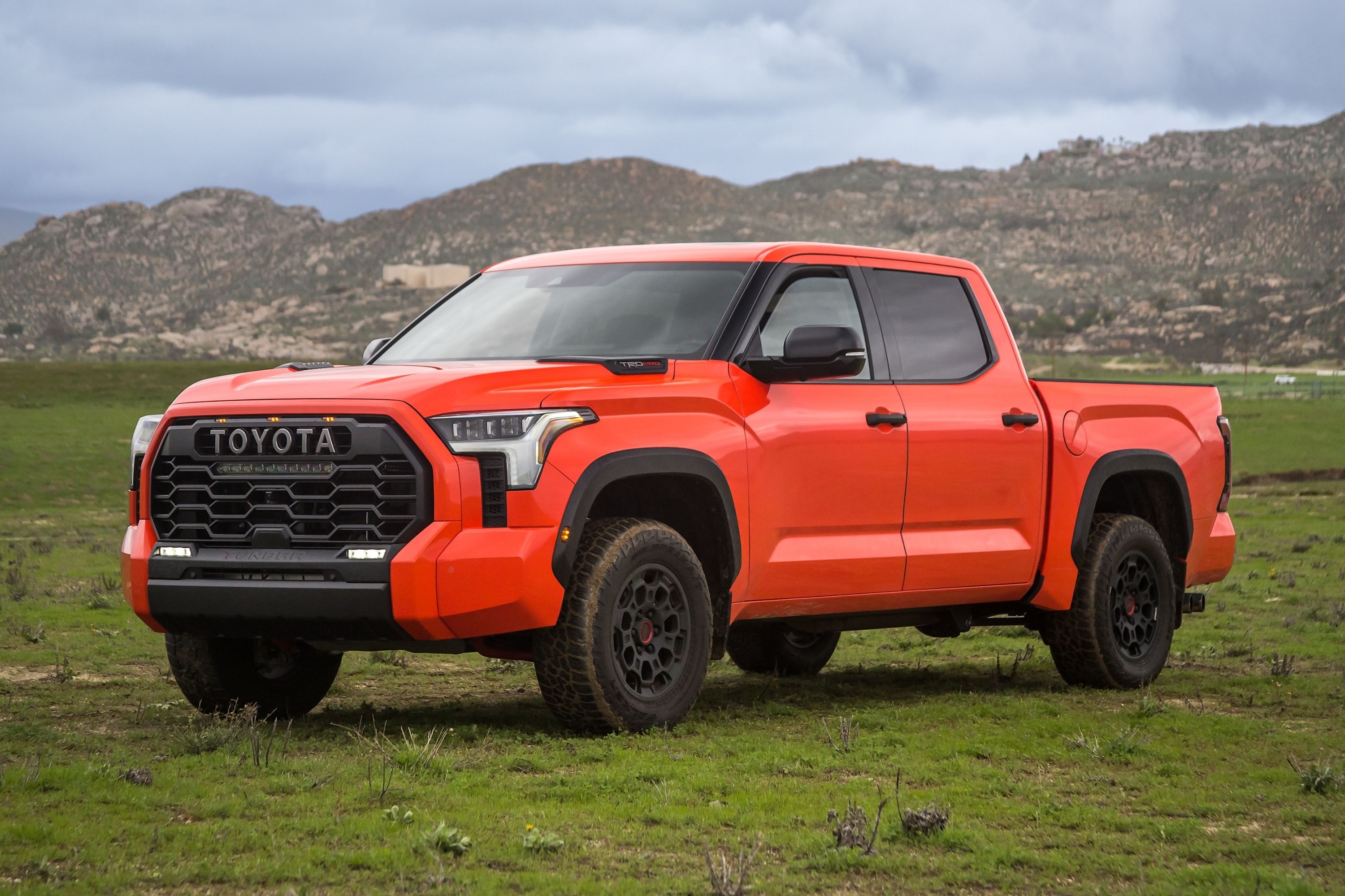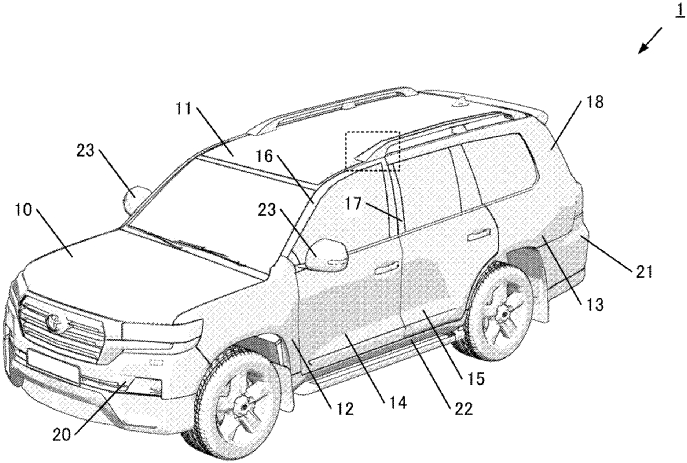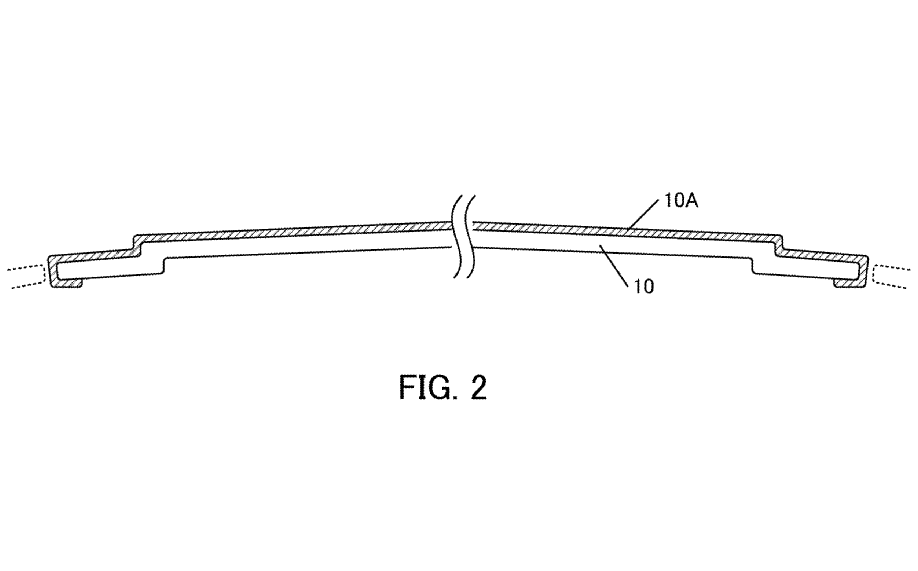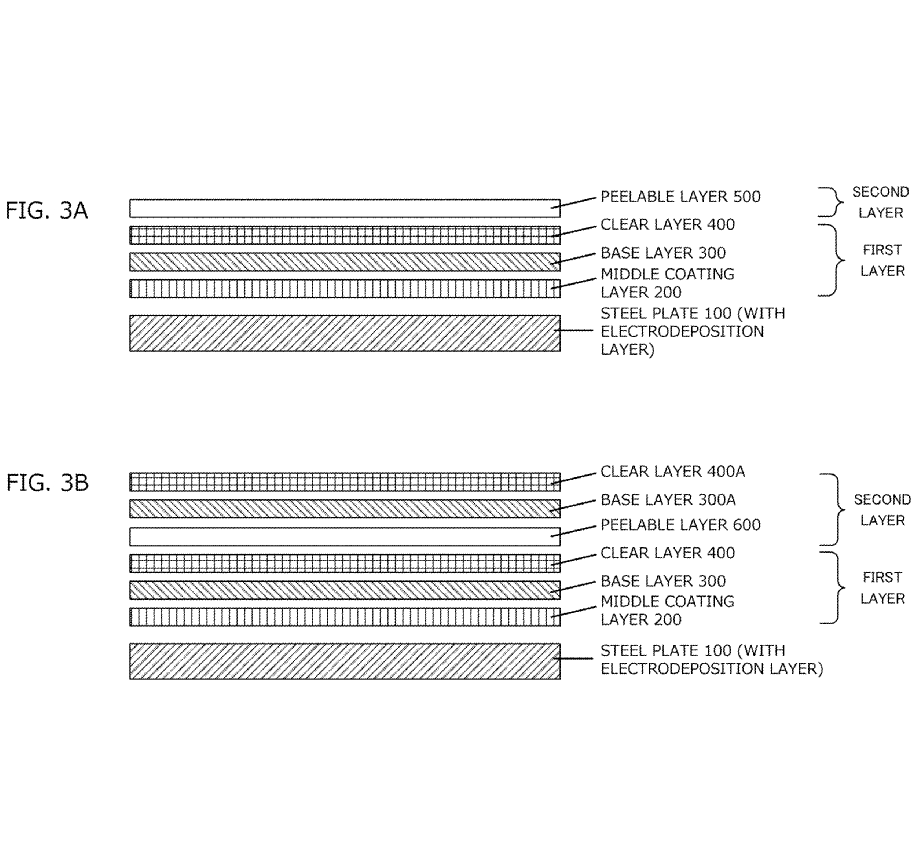
Scuff marks and surface scratches on a Toyota's paintwork may soon become easier to repair, thanks to a new patent that CarBuzz discovered at the US Patent and Trademark Office for peelable automotive paint. According to this document, a car's outer paint layer can be rendered removable by simply peeling it off, leaving an as-new layer of paint where the scratches used to be. This will be particularly useful for off-road vehicles such as the Toyota Tundra or Land Cruiser because it will help them look newer for longer, even after off-road excursions.
This patent details a painting technique that follows the current practice for the first few layers of paint, with a primer applied first, followed by a layer of paint in the car's main color as the first coat. The painting process diverges from that point onwards, however, because the next layer of paint is different from the current top coat application.
Much like an aftermarket vinyl wrap on a vehicle, this layer of paint will be resilient yet flexible enough to simply peel off the base color layer. And, just like a professionally-applied vinyl wrap, the peelable layer will wrap around the edges of the vehicle's body panels for a seamless appearance.
This technique will also allow for a clear coat to be applied over the first color coat, followed by a layer (or multiple layers) of peelable colored paint, each of which could have its own clear coat. Imagine a paint job with two (or more) vinyl wraps covering it, and you'll get the basic idea.
How does Toyota propose to accomplish this, and won't the various layers of paint, both peelable and permanent, stick together? Toyota reckons that the peelable layer's paint could contain xylene, ethyl benzene, or even titanium dioxide particles, which should allow for a durable but peelable coating when it's dry. And, because there is a time delay between the application of the different paint layers in the factory, the different paint layers won't be able to mingle and bond.
Having a new car that is essentially wrapped ex-factory may have some benefits in general use. There's always a risk of a sharp object, such as an errant flying stone, nicking the outermost paint layer when the vehicle is in use, leading to stone chips on the hood or scrapes down the lower side valance, and it would be nice to be able to remove such blemishes before reselling the vehicle. The most important application for an individual, especially if they intend to keep their car for a long time, this technology could help an aging vehicle regain its original paint luster after the elements have had their way with the original outer coat over the years.
Will it be cost-effective enough for mass production? Time will tell, but perhaps this could be offered as an optional extra for those who take paint care seriously.



